How to improve flood resilience for homeowners
A guide to help homeowners prepare their house for flooding events.
Getting started
If you would like to start building flood resilience into your home, consider the steps outlined on this page:
- What is flood resilience – To start your journey, it’s important to understand the principles and definitions of flood resilience.
- Understanding your flood risk – In order to prepare a home for flooding, you first need to know what type of effect flooding will have on the property.
- Different flood resilience strategies available – Preparing your property to reduce the impact of flooding will allow you to get through a flood event with less damage and expense.
What is flood resilience?
In many cases, it’s not possible to completely avoid flooding. Flood resilience offers a cheaper and more convenient way to prepare your property for flooding without having to move.
Flood-resilient design is the use of materials, construction techniques and design choices that can withstand substantial and multiple water inundations to actively mitigate the effects and minimise the cost of flooding. Flood-resilient design enables homeowners to take prior action, easily clean and quickly move back in after a flood event with minimal long-term disruption. By implementing these measures, homeowners can actively mitigate or minimise the effects of flooding and, in some cases, can even reduce their insurance premiums.
Understand your flood risk
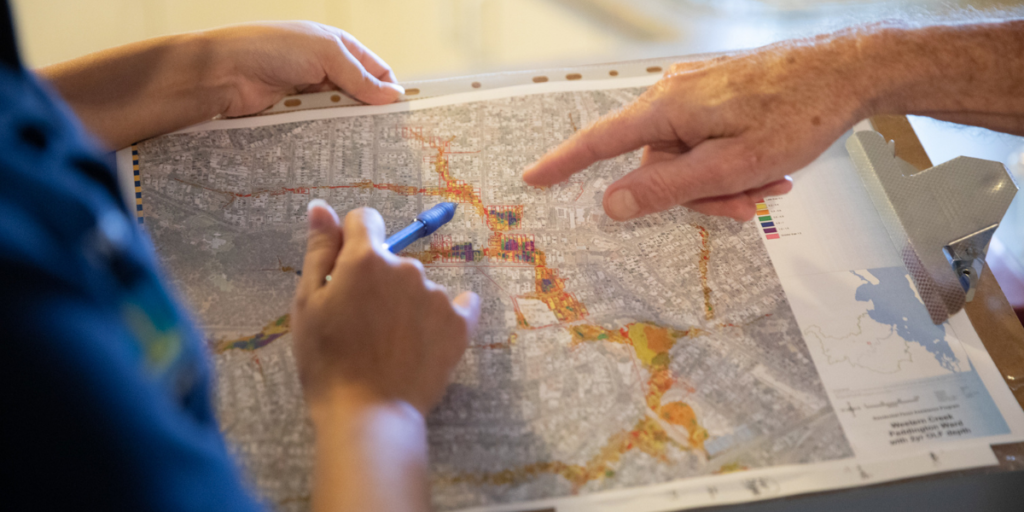
It is important to understand the likelihood of flooding for your property and local area to help you prepare for and reduce the impact of flooding for your house. Ensure you have done the three steps below.
To learn more about the types of flooding featured in your FloodWise Property report view the Brisbane City Council Flooding in Brisbane Guide for Residents.
Once you’ve received the height of your property’s habitable floor above ground level, compare this to the flood levels in your FloodWise Property Report from Brisbane City Council to understand what percentage chance you have of flooding above that level. Doing this will help you understand what parts of your property are likely to be affected by flooding, how often it might occur, and how deep that flooding could be.
Flood resilience strategies for homeowners
Now that you know how your property could be affected by flooding, you can use that knowledge to work out which flood resilience strategies will work for your home.
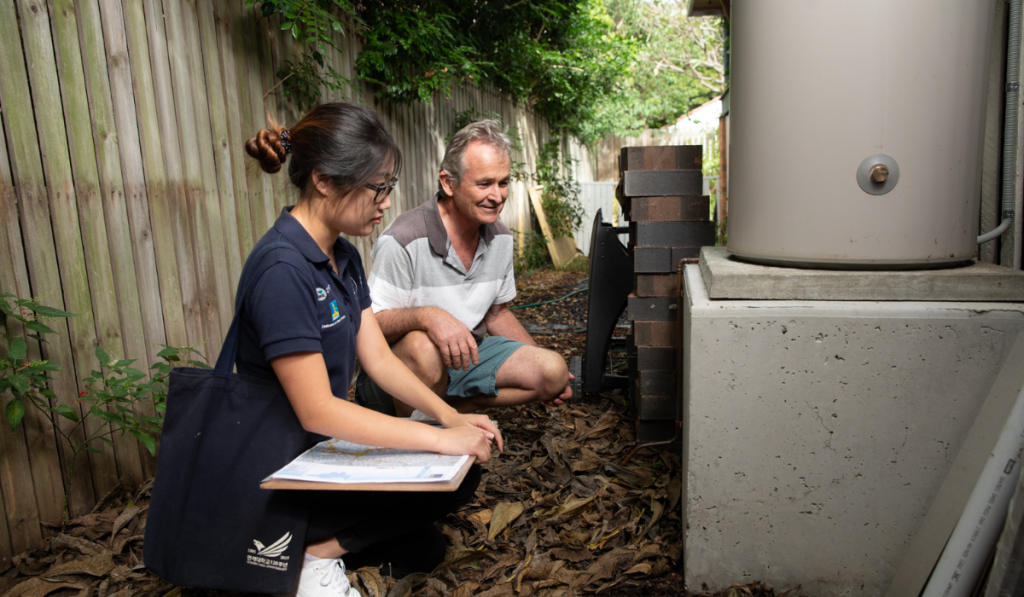
Choosing flood resilient strategies
Watch this video for simple flood-resilient building and design strategies that require less time and investment than large-scale strategies:
Watch this video for advanced flood-resilient building and design strategies if you’re building, renovating or thinking about it:
Quick flood-resilient tips for homeowners
There are practical and affordable flood resilience techniques to help you prepare for and recover quickly from flooding events.
Raise appliances and power outlets
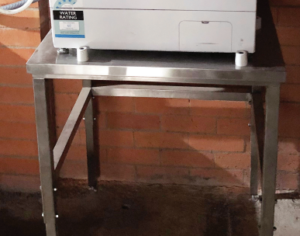
Use water-resistant flooring and skirting
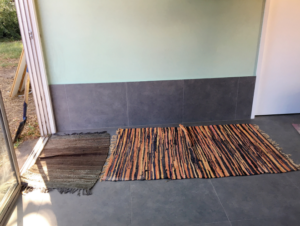
Install water-resistant cabinetry
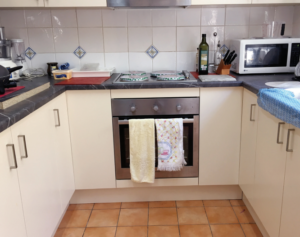
See below for some quick tips to build flood resilience in your home.
More flood resilience strategies
View the interactive window below to see how a variety of flood-resilient design strategies are used in a Brisbane house:
Click the links below for more flood resilience design strategies:
More information for homeowners
Before starting flood-resilient works on your home, seek professional advice about the most suitable approach to improving your flood resilience, as each circumstance will be different.
Find a builder, plumber and building certifier
Queensland Building and Construction Commission: www.qbcc.qld.gov.au
For all water and sewer-related enquiries, contact Urban Utilities on 07 3432 2200 or email developmentenquiries@urbanutilities.com.au.
Find an engineer
Board of Professional Engineers Queensland: www.bpeq.qld.gov.au
For more information on flood resilience for homeowners, refer to the frequently asked questions below. Otherwise, you can contact Brisbane Sustainability Agency at floodwise@sustainablebrisbane.com.au.
It is important to understand the risks that may exist in your home and surroundings after a flood so that you can stay safe while these strategies are being put into place. To do this, read the Flood Safety Fact Sheet.
“It’s a lifesaver”
Kevin ‘Rusty’ Adams adopted flood-resilient design techniques in his Rosalie ground-floor unit after being flooded in 2011 and 2017.
Read this ABC news article detailing how building flood resilience dramatically improved the time, stress and costs involved in Rusty’s flood recovery following the 2022 severe weather event.
Interested in flood resilience but not for a house that you own?
View more tips on how to build flood resilience if you represent an apartment building body corporate, own a business or work in the building, construction and architecture industry. If you are renting, it is recommended to speak to your property manager or owner about improving the property’s flood resilience.
